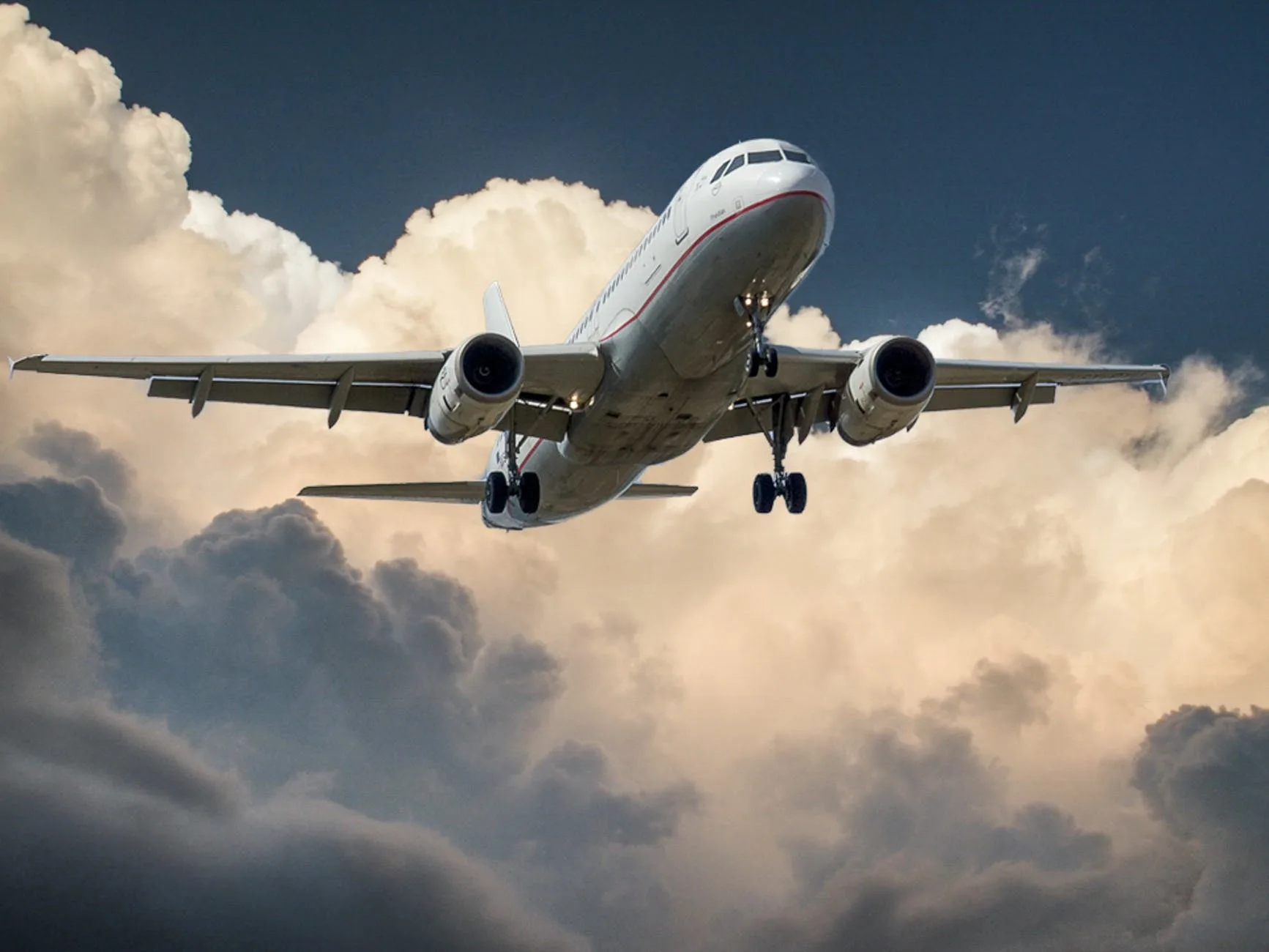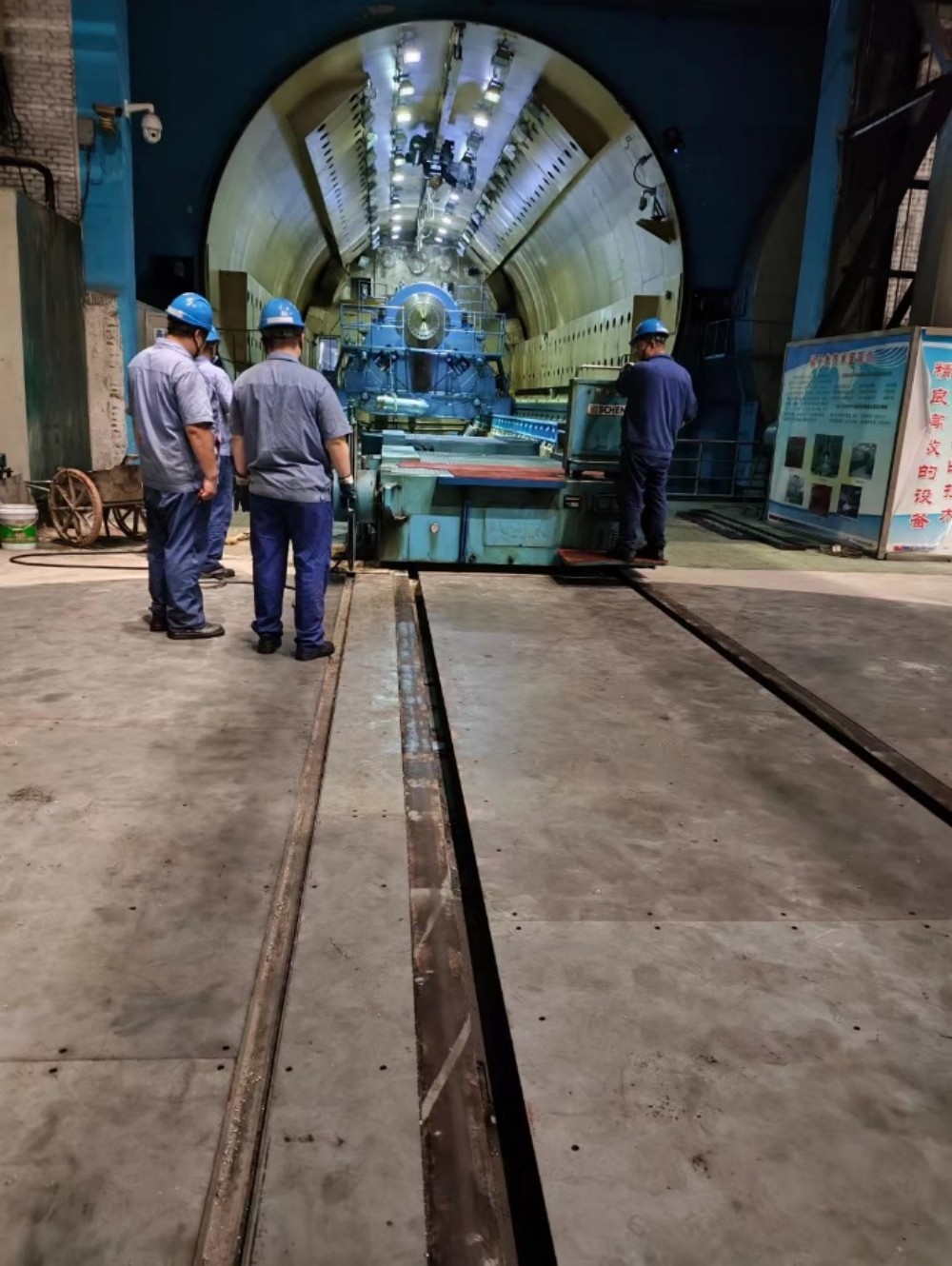
Air travel has become an integral part of our modern lives, connecting people across the globe and making the world more accessible. However, concerns about safety often arise when considering boarding an airplane. In this blog post, we will delve into the topic of airplane safety and explore the various aspects that make air travel one of the safest modes of transportation.
- Stringent Safety Regulations:
The aviation industry is governed by strict safety regulations and standards set by international organizations such as the International Civil Aviation Organization (ICAO) and the Federal Aviation Administration (FAA). These regulations cover every aspect of aircraft design, maintenance, and operation, ensuring that safety is prioritized at all times. - Advanced Technology:
Aeroplanes are equipped with state-of-the-art technology that enhances safety. From advanced navigation systems to sophisticated weather monitoring tools, these technological advancements enable pilots to make informed decisions and avoid potential hazards. Additionally, the continuous improvement of aircraft design and engineering ensures enhanced structural integrity and resistance to various external factors. - Robust Maintenance Procedures:
Regular and thorough maintenance is a crucial aspect of ensuring the safety of aeroplanes. Airlines follow rigorous maintenance schedules and conduct comprehensive inspections to identify and address any potential issues. Maintenance crews are highly trained professionals who adhere to strict protocols, ensuring that aircraft are in optimal condition before every flight. - Highly Skilled Pilots:
Pilots undergo extensive training and must meet stringent requirements before being certified to operate commercial aircraft. They receive comprehensive education on aviation safety, emergency procedures, and navigation techniques. Additionally, pilots are required to undergo regular simulator training and proficiency checks to maintain their skills and knowledge. - Effective Safety Management Systems:
Airlines implement Safety Management Systems (SMS) to proactively identify and mitigate potential risks. These systems involve reporting and analyzing safety-related incidents, implementing corrective actions, and continuously improving safety practices. By fostering a culture of safety and accountability, SMS plays a vital role in maintaining the high safety standards of air travel. - Collaborative Approach:
The aviation industry operates on a collaborative approach to safety. Airlines, manufacturers, regulatory bodies, and other stakeholders work together to share information, conduct research, and develop best practices. This collective effort ensures that safety measures are continuously updated and improved based on the latest findings and technological advancements.
Conclusion:
Despite occasional incidents that capture media attention, air travel remains one of the safest modes of transportation. The stringent regulations, advanced technology, robust maintenance procedures, highly skilled pilots, effective safety management systems, and collaborative approach all contribute to the high safety standards of aeroplanes. So, the next time you board a plane, rest assured that you are embarking on a journey that has safety as its utmost priority.







